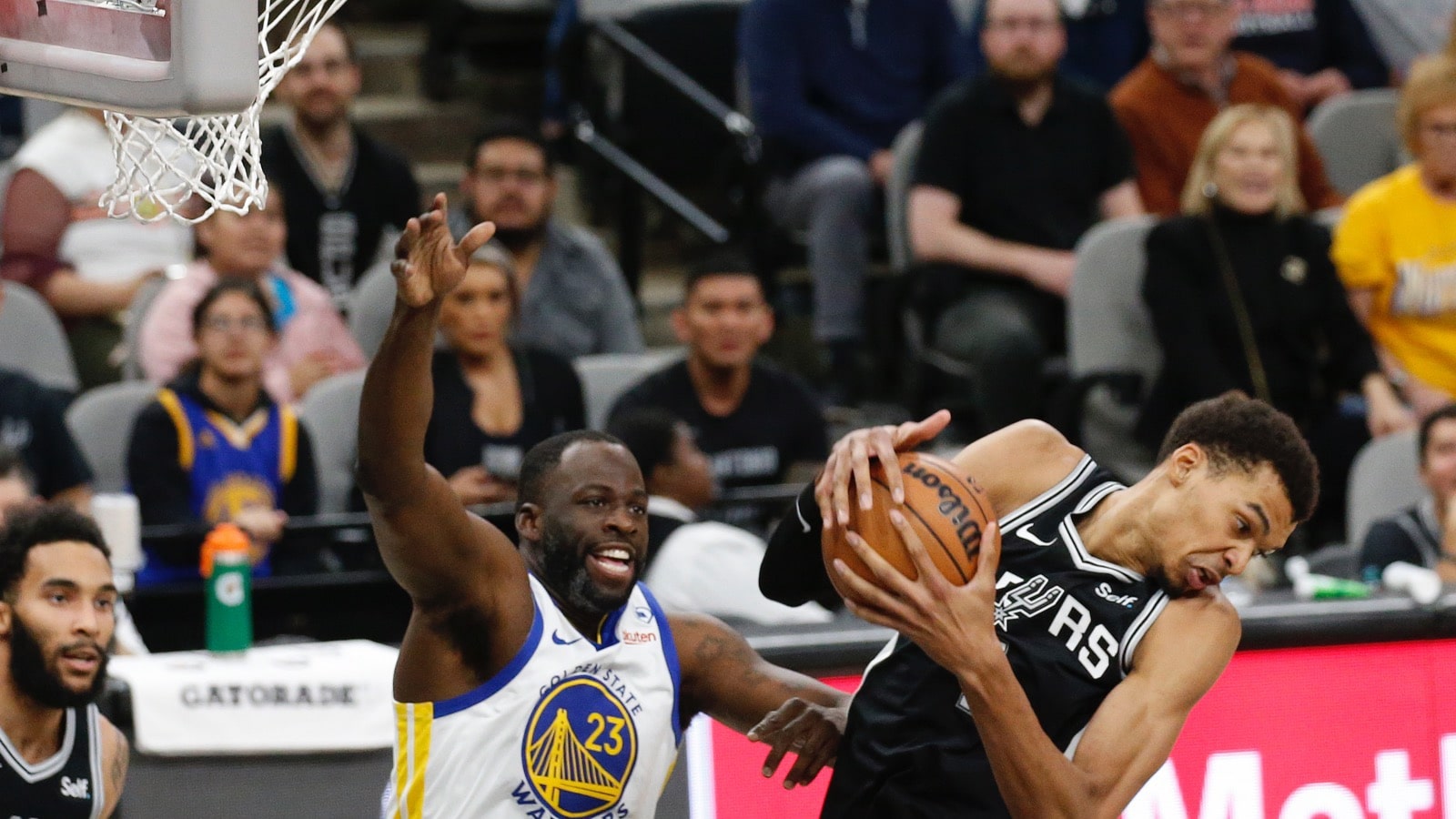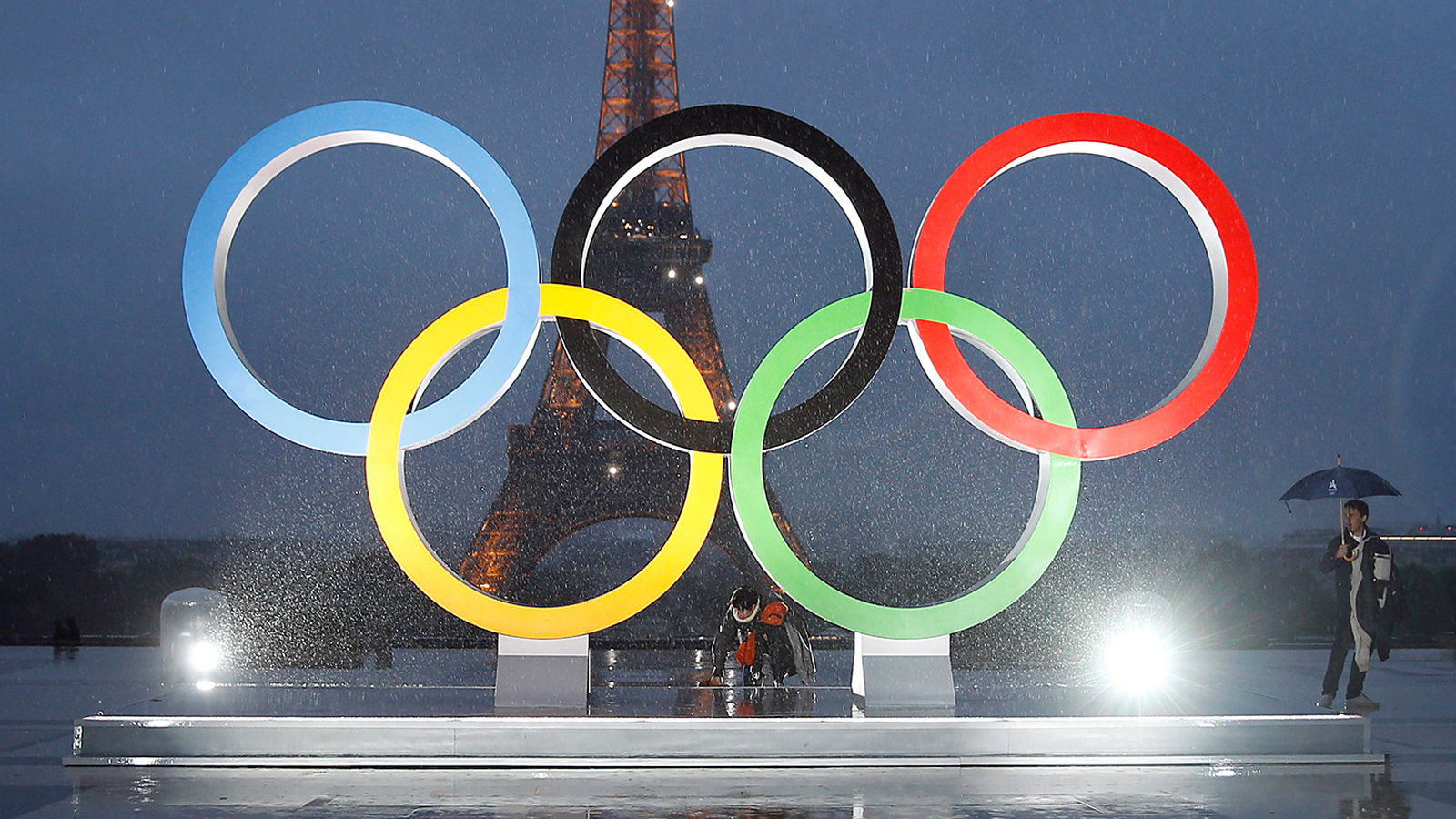
What Are the 37 Words of ESPN’s ’37 Words’?
If you’re flipping through the channels looking for something to watch, ESPN’s titles are usually self-explanatory. Even if you don’t know which teams are playing, it will be clear that you’re watching basketball, baseball, or whatever sport happens to be on the air. Sometimes, though, the programming will be a bit less obvious. Take the 37 Words, for example.
While you might hear that title and think it’s about a famous quote given by a legendary player, that’s a bit off the mark. While there were 37 important words, they’re about something much bigger than sports.
The 37 words are the crux of what became known as Title IX
Over the course of a presidential administration, countless words are debated, typed up, and released to the public. During Richard Nixon’s time in the White House, 37 of them earned a place in American history.
As laid out in a 2012 ESPN post by Steve Wulf, the Education Amendments Act was signed into law by Nixon on June 23, 1972. Within that massive piece of legalese, however, 37 words within a section labeled “Title IX – Prohibition of Sex Discrimination” stood out.
“No person in the United States shall, on the basis of sex, be excluded from participation in, be denied the benefits of, or be subjected to discrimination under any educational program or activity receiving Federal financial assistance.”
Title IX of the Education Amendments
Those words probably aren’t on the tip of most people’s tongues, but they did change the course of American history.
What does Title IX mean for sports?
If you read those 37 words within the context of ESPN, you might be wondering what they have to do with sports. Title IX has been a game-changer (pun slightly intended) when it comes to equal opportunities on the playing field.
In Wulf’s ESPN piece, he quotes Bernice “Bunny” Sandler, who played a role in creating the law and, as of 2012, was working as a senior scholar for the Women’s Research and Education Institute in Washington, D.C. Even she admitted that sports weren’t really on her radar when hammering out the amendments.
“The only thought I gave to sports when the bill was passed was, ‘Oh, maybe now when a school holds its field day, there will be more activities for the girls,'” she explained.
In practice, though, educational programming and activities receiving federal financial assistance did include organized sports. And, as the numbers show, women took to the field, court, and other playing surfaces.
“They ended up having much more than a field day,” Wulf wrote. “The number of girls playing high school sports jumped from 294,015 in 1971-72 to 3,172,637 in 2009-10, an increase of 1079 percent. (The number of male high school athletes grew from 3,666,917 to 4,455,740 during that same period, an increase of 22 percent.) The number of women playing varsity sports in college rose from 29,972 in 1971-72 to 186,460 in 2009-10, a 622 percent increase that still leaves them behind the total of NCAA male athletes, whose population grew from 170,384 to 249,307 (46 percent) in that time frame.”
To be clear, there’s still plenty of work to do. Female athletes are paid less, receive less attention and, at the risk of painting with a broad and anecdotal brush, don’t get the same respect as their male counterparts. That reality, however, doesn’t mean that we can appreciate Title IX and the role those 37 iconic words played in getting us to where we are today.
Like Sportscasting on Facebook. Follow us on Twitter @sportscasting19 and subscribe to our YouTube channel.



